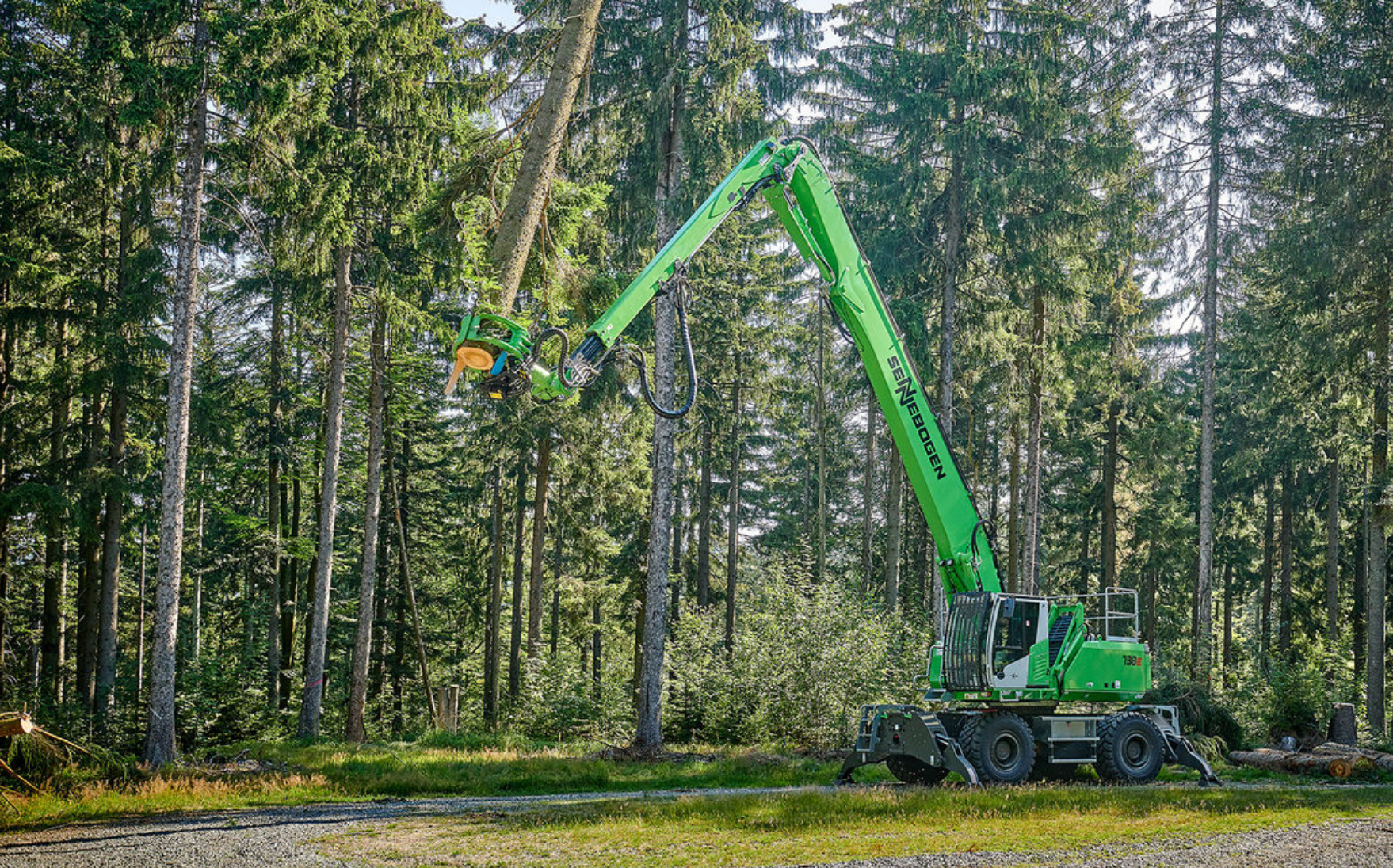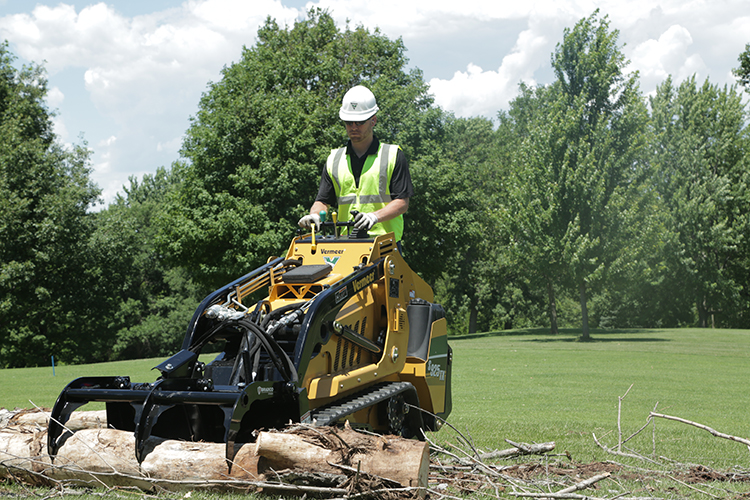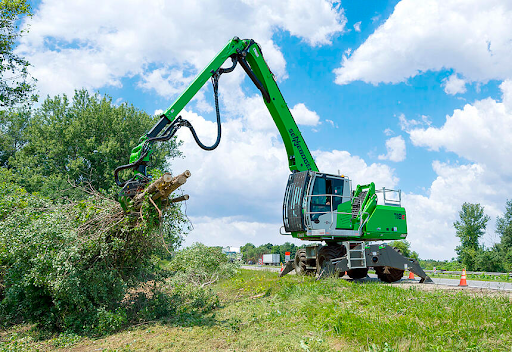Introduction to
Best Tree Removal Equipment
Removing trees can be daunting, but having the right tools makes it manageable and efficient. Whether you’re a homeowner or a professional arborist, using the correct equipment ensures safety and effectiveness in every tree removal project. Below, we’ll explore everything you need to know about the best tree removal equipment, from basics to advanced tools, and how to use them like a pro.
Tree removal is often necessary for reasons like safety, landscaping, or health concerns. Whether the tree is dead, diseased, or dangerously close to property, addressing it promptly with the right tools is crucial.
Why Tree Removal is Necessary
Dead or damaged trees pose risks to homes, vehicles, and even people. They can fall unexpectedly during storms or heavy winds, leading to costly repairs or injuries. Additionally, overgrown trees can block sunlight, restrict growth in surrounding plants, or interfere with utility lines.
The Importance of Using the Right Equipment
Not all trees are the same, and neither are the tools required to remove them. Using the correct equipment minimizes effort, enhances safety, and ensures a thorough job. Whether it’s cutting, chipping, or grinding, specialized tools handle specific tasks more effectively than makeshift solutions.
Essential Equipment for Tree Removal
Proper tools are the backbone of safe and efficient tree removal. Let’s dive into the must-haves for any tree removal project.
Chainsaws
Chainsaws are the workhorses of tree removal. They allow you to cut through thick trunks and branches effortlessly.
Features to Look for in a Chainsaw
When selecting a chainsaw, consider:
• Bar Length: Longer bars are better for thicker trees.
• Engine Power: More power ensures smoother cuts.
• Safety Features: Look for anti-kickback systems, chain brakes, and ergonomic handles.
Top Chainsaws for Tree Removal
Some top-rated chainsaw brands include:
• Stihl MS 271: Known for reliability and power.
• Husqvarna 460 Rancher: Ideal for heavy-duty tasks.
• Echo CS-590: A budget-friendly option with professional-grade performance.
Axes and Hatchets
While not as efficient as chainsaws, axes and hatchets are indispensable for small trees or branch trimming.

Benefits of Manual Tools
Affordable and durable.
Useful for precise cuts on smaller branches.
Require no fuel or electricity.
Pole Saws
Pole saws are excellent for reaching high branches without climbing. They come in manual, electric, and gas-powered versions.
When to Use a Pole Saw
Use pole saws for pruning high branches safely. They’re particularly useful for medium-sized trees or for pre-cutting limbs before felling.
Wood Chippers
Disposing of tree debris can be a headache. Wood chippers convert branches into mulch, reducing waste volume.
Advantages of Chipping Tree Waste
1.Eco-friendly mulch for gardens.
2.Saves time compared to hauling debris.
3.Reduces waste disposal costs.
4.Advanced Equipment for Professional Tree Removal
For large or complex tree removal projects, advanced equipment becomes necessary.
Stump Grinders
Once a tree is felled, the remaining stumps can become both an unsightly nuisance and a potential tripping risk. Stump grinders are designed to grind them down to below ground level.
Features and Benefits
• Customizable Depth: Guarantees the stump is ground to the preferred height.
• Portability: Compact models are easy to maneuver.
• Efficiency: Turns stumps into mulch quickly.
Cranes and Winches
For large trees or those in precarious positions, cranes and winches are lifesavers.
Handling Large Trees
These tools provide the stability and precision needed for safe removal. Winches are particularly useful for pulling down sections of a tree in a controlled manner.
Tree Climbing Gear
Tree climbing is essential for arborists tackling tall trees.
Essential Climbing Equipment
• Ropes and Harnesses: For secure movement.
• Carabiners: Provide additional safety.
• Spikes: Help maintain grip on the tree trunk.
Safety Gear for Tree Removal
Safety should always come first when working with heavy-duty tools and large trees.
Helmets and Eye Protection
Shield your head from falling branches and your eyes from airborne debris. Helmets with face shields offer extra safety.
Gloves and Safety Boots
Thick gloves prevent blisters and protect hands, while steel-toed boots provide stability and protect against sharp objects.
Harnesses for Climbing
Essential for anyone climbing trees to prune or cut. They prevent falls and ensure you stay secure while working.
Choosing the Right Equipment for Your Needs
Not every project requires industrial-grade tools. Here’s how to decide.
Evaluating the Size and Type of the Tree
• Small Trees: Axes, hatchets, or compact chainsaws suffice.
• Medium Trees: Chainsaws with moderate bar lengths and pole saws are ideal.
• Large Trees: Heavy-duty chainsaws, cranes, and winches are a must.
Considering Environmental Impact
Opt for tools that are eco-friendly, like electric chainsaws or solar-powered equipment, to reduce your carbon footprint.
Maintenance Tips for Tree Removal Equipment
To ensure longevity and efficiency, regular maintenance is crucial.

Sharpening Blades
Blunt blades can be dangerous and inefficient. Invest in a sharpening kit or hire a professional.
Regular Cleaning and Lubrication
Clean chainsaws and pole saws after every use to prevent rust. Use quality lubricants to keep moving parts smooth.
Storage Tips
Store tools in a cool, dry place. Cover with protective materials to avoid the accumulation of dust and moisture.
DIY vs. Hiring Professionals
Not all tree removal tasks are DIY-friendly.
Pros and Cons of DIY Tree Removal
• Pros:
Saves money.
Flexible schedule.
• Cons:
Requires time, effort, and knowledge.
Safety risks if improperly done.
When to Call a Professional Arborist
Trees near power lines.
Extremely large or unstable trees.
Complex landscaping projects.
Conclusion
Tree removal is a task that demands precision, safety, and the right equipment. By understanding the tools available—from chainsaws to stump grinders—you can tackle tree removal efficiently. For large or complex jobs, don’t hesitate to seek professional help. Always prioritize safety and keep your tools in top condition.

